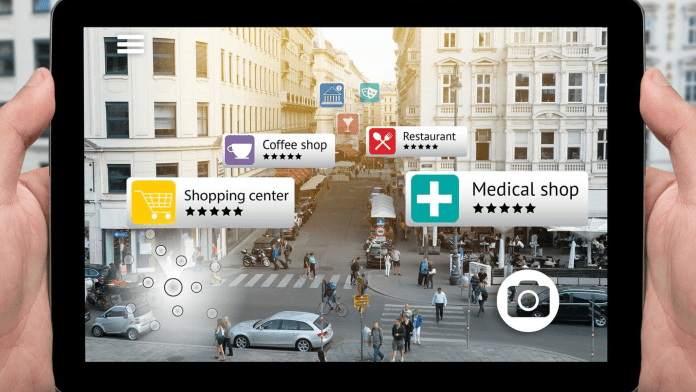Interactive marketing has shifted from being a buzzword to a strategic imperative for brands aiming to capture the attention of a dynamic and digitally-driven consumer base. The days of passive consumption are waning, and consumers now crave experiences that resonate on a personal level. Enter Augmented Reality, a technology that seamlessly blends the virtual and real worlds, creating immersive experiences that captivate and linger in the minds of consumers.
AR: Catalyst for Brand Recognition
AR provides brands with a unique canvas to paint their narratives. Through interactive elements, consumers are not just passive observers but active participants in the brand story. Whether it’s trying on virtual outfits before making a purchase or visualizing furniture in their living space, AR transforms engagement into an experience. This experiential approach becomes a catalyst for brand recognition, imprinting the brand in the minds of consumers in a way traditional methods fall short.
Breaking Barriers with AR:
One of the remarkable aspects of AR in marketing is its ability to break down barriers between the digital and physical realms. Brands can leverage AR to create virtual showrooms, allowing customers to explore products in a digital space before committing to a purchase. This not only enhances the online shopping experience but also bridges the gap between the tactile and the virtual, fostering a sense of connection that transcends the limitations of traditional e-commerce.
AR as a Growth Driver:
The implementation of AR isn’t merely a gimmick; it’s a strategic move towards sustainable growth. By providing consumers with an immersive and memorable brand experience, AR contributes to increased customer loyalty and advocacy. The ripple effect of positive interactions translates into customer retention, word-of-mouth marketing, and ultimately, organic growth. In a market saturated with options, brands that invest in creating meaningful connections through AR distinguish themselves as innovators and industry leaders.
Challenges and Opportunities:
While the potential of AR in interactive marketing is vast, it’s essential to acknowledge the challenges that come with adopting emerging technologies. From initial implementation costs to ensuring a seamless user experience, brands need to navigate a landscape that demands both creativity and technical finesse. However, the challenges are outweighed by the opportunities. As AR becomes more accessible, the early adopters stand to gain a competitive edge, establishing themselves as pioneers in an era defined by technological convergence.
The Future of Interactive Marketing:
The integration of AR into interactive marketing strategies is not a fleeting trend but a trajectory towards the future. As technology continues to advance, the boundaries of what’s possible in terms of consumer engagement will expand. From augmented reality advertising to gamified brand experiences, the future holds a plethora of possibilities for brands daring enough to venture into this interactive frontier.
Augmented Reality is not just a tool in the marketer’s arsenal; it’s a gateway to a new era of interactive and immersive brand experiences. Brands that embrace AR as a means of forging genuine connections with their audience are not only propelling brand recognition but also charting a course for sustained growth in the dynamic landscape of modern marketing. The journey into the interactive marketing frontier has just begun, and AR is the compass guiding brands towards uncharted territories of innovation and consumer engagement.





